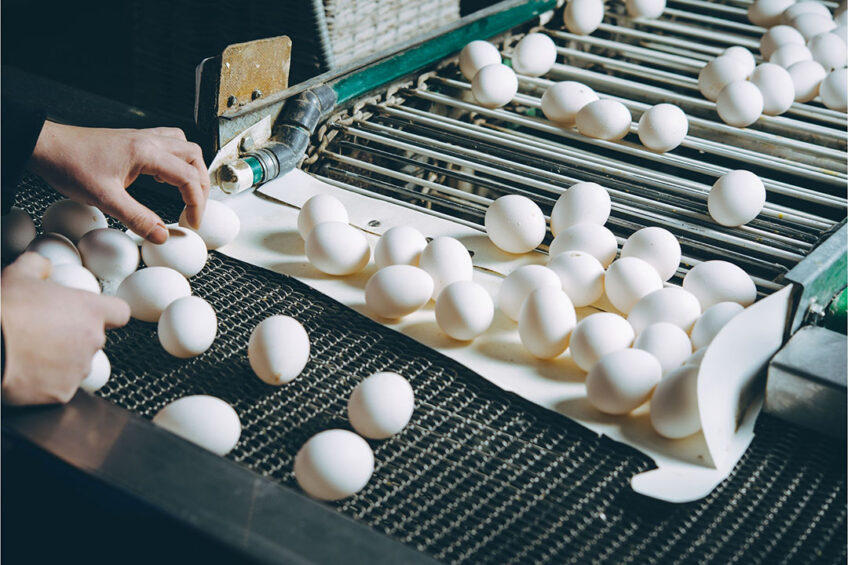Russia: Rouble collapse exposes labour crisis in poultry industry

Russian poultry farms have been hit by a labour shortage as a sharp Russian rouble depreciation in the past few months triggered an outflow of immigrants from central Asia, Russian newspaper Kommersant reported.
Russia’s leading egg manufacturer, poultry farm Sinyavskaya, has notified retailers about the risk of shipment delays and cancellation of some orders. The company claimed it lacks 25-30% of personnel, attributing this to an outflow of workers, primarily immigrants.
In 2022, Sinyavskaya produced 1.6 billion food eggs, 5% of Russia’s total egg production, according to data from the Russian Union of poultry farmers, Rosptitsesoyuz.
Roman Smirnov, general director of Roscar, the second-largest egg producer, said the company also faced a labour shortage. He told Kommersant that it had to raise wages for its employees and to attract personnel from other regions to work at the farm, providing them with housing and insurance.
Russia’s poultry industry historically employed some share of immigrants, primarily from central Asia, who worked in Russia to send a part of their wages back home to their countries. As Russia’s rouble lost nearly a half value against hard currency, immigrants saw their incomes diminishing. In this background, some foreign workers reportedly opted to leave Russia, though concrete statistical data is unavailable.
Persistent labour crisis
The labour shortage in the poultry industry has been worsened by the rouble’s devaluation, but has several fundamental factors behind it. The governor of Russia’s Central Bank, Elvira Nabiullina, warned in a statement in December 2022 that the country was facing a growing labour shortage, attributing this to, among other reasons, the conscription of 300,000 civilians during the Defense Ministry’s mobilisation campaign last year.
Russia’s central bank surveyed 14,000 employers from non-financial sectors and found that the number of available employees was at its lowest since 1998. A trove of data published in May showed Russia’s unemployment rate dropped to a record low 3.3% in April, an unprecedentedly low figure even for Russia, where unemployment historically remains relatively low.
The number of young workers in Russia has dropped to one of its lowest levels in the country’s post-Soviet history, according to April 2023 research conducted by the Moscow-based Finexpertiza consulting firm.
The number of workers under 35 in Russia fell by 1.33 million people between December 2021 and December 2022 to the lowest levels since the start of data collection in 2006, Finexpertiza said. Among the key reasons, the analysts listed demographic issues and emigration.
Join 31,000+ subscribers
Subscribe to our newsletter to stay updated about all the need-to-know content in the poultry sector, three times a week. Beheer
Beheer











 WP Admin
WP Admin  Bewerk bericht
Bewerk bericht